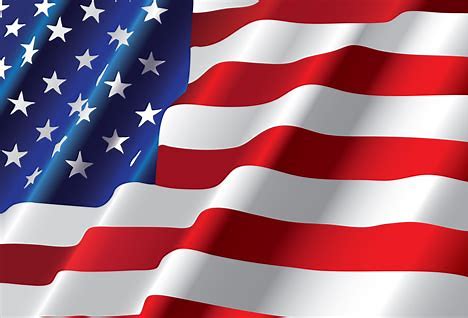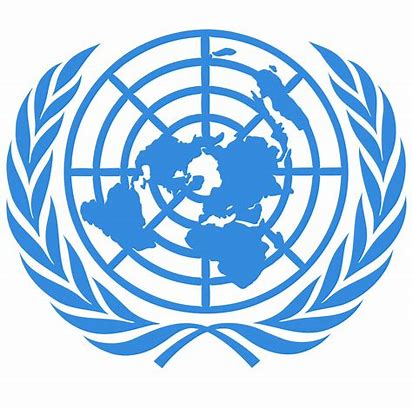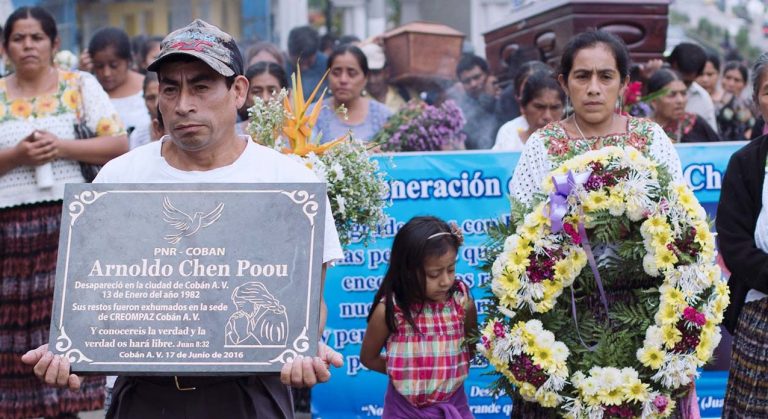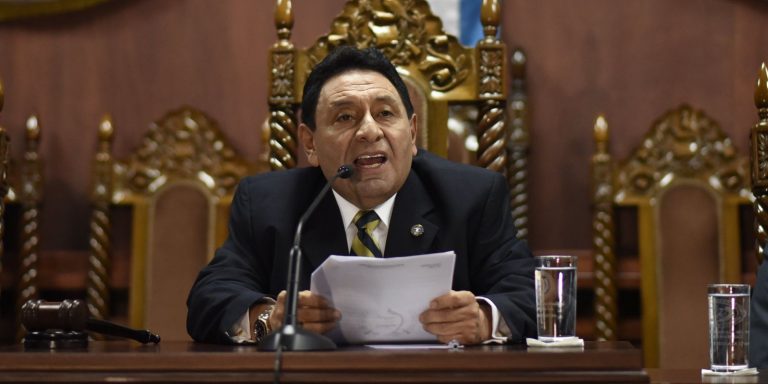History of Guatemala

U.S. Involvement
The United States' involvement was dependent on different administrations that, rather than helping the genocide, actually further enabled the Guatemala regime to commit human rights abuses. Reagan’s presidency helped advance the Guatemalan Genocide by not only providing financial aid to Guatemala’s government, but also providing military training. Prior to Reagan’s administration, the Carter administration had stopped Guatemala from purchasing American equipment by imposing a ban on military aid after the State Department had reported of “systematic violation of human rights” by the Guatemalan Regime. However, once in office and despite the ban on military aid, Reagan continued to supply Guatemala with both financial and military aid. By nearly tripling the aid offered to $104 million in 1986, Rios Montt was able to continue targeting Mayans living in rural areas.

The United Nations
“Ending impunity is critical to protecting Guatemalans from violence.” -Ban Ki-Moon, U.N. Secretary General
In the 1990s, the United Nations supported negotiations between Guatemala and its rebel group: Guatemalan Revolutionary National Unity. In 1996, both sides signed the “agreement on a firm and lasting peace.” This agreement covered a lot of holes in Guatemala’s infrastructure, from the reintegration of rebel forces and the resettlement of displaced persons, to constitutional and electoral reform for the human rights of indigenous people. Today, the fight for justice continues. The United Nations has promised Guatemala to support the country in its fight against impunity for those responsible for the genocide.

International Response
“There cannot be justice in the present if there is no justice in the past."
-Alberto Brunori, Senior Representative of the U.N. High Commission for Human Rights"
The reaction of the United Nations along with the establishments of truth committees have helped bring light to the genocide that happened in Guatemala. International response sets the precedent on how justice will be achieved. As research shows, not all international response and help was helpful, however, it helped to establish a path for justice.

Truth Commissions
Truth commissions have proven to be quite successful in documenting the massacres. ``Nunca mas``, the Roman Catholic Church’s Recovery of Historical Memory project, first published its findings in April, 1998. The church documented 422 massacres and found the army/paramilitary groups responsible for 47,000 of more than 55,000 human rights violations. The Historical Clarification Commission (CEH) is another truth commission that created the ``Memory of Silence`` project. After eighteen months of research, this truth commission found that “state forces and related paramilitary groups were responsible for 93% of the violations” and that 200,000 people have been killed/or disappeared, with 83% being Mayan. They also looked at the root causes of the conflicts that served as a catalyst for the disappearances. The commission found that the categorizing of all Mayans as the ``internal enemy`` was propagated by the Guatemalan military's exaggeration of the threats from rebels, in addition to the United States' training of the Guatemalan military and paramilitaries in 1954 to battle the rebels. The CEH's report was the first internationally-supported report to blame the Guatemalan government and its military allies for the genocide.